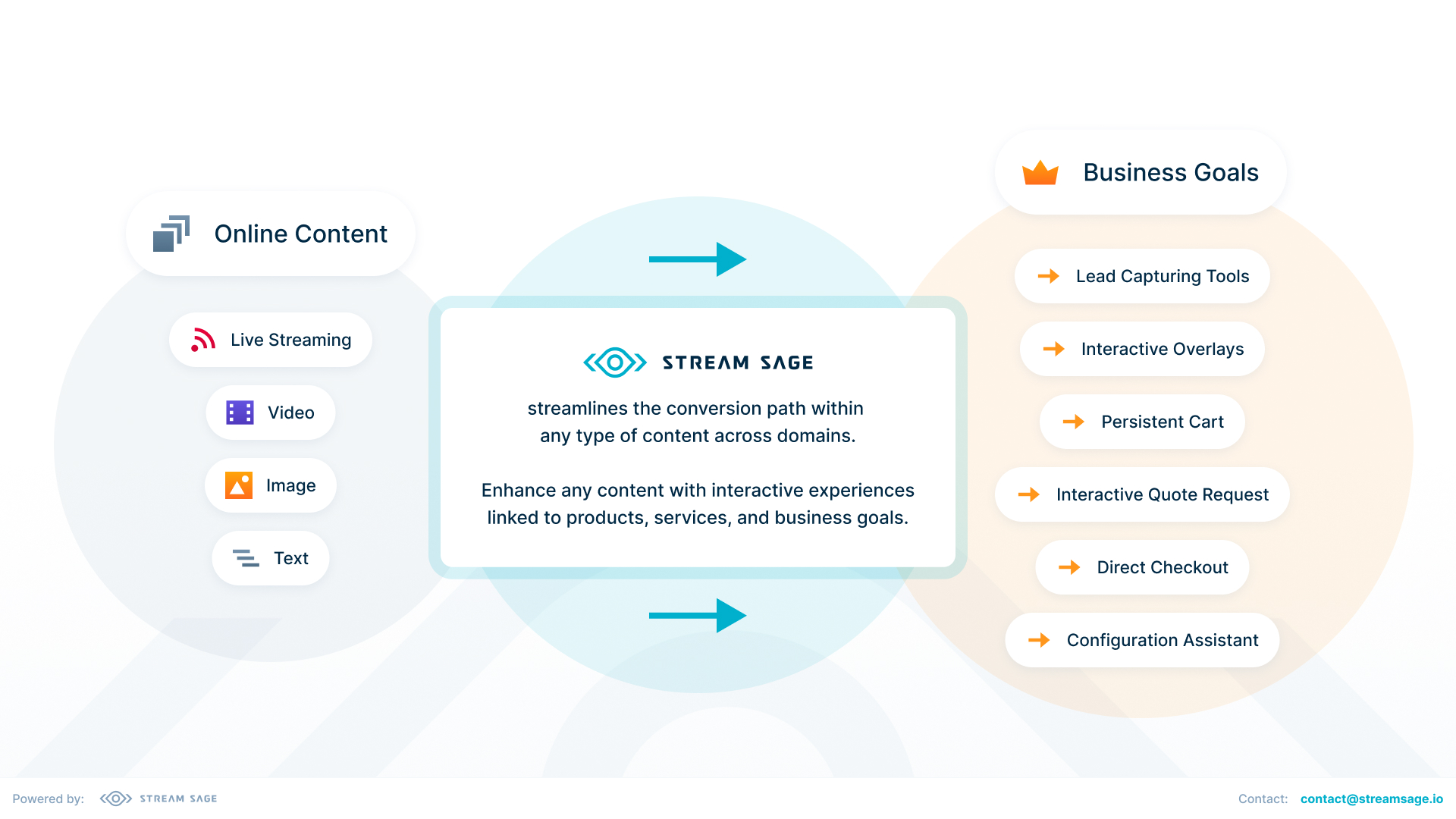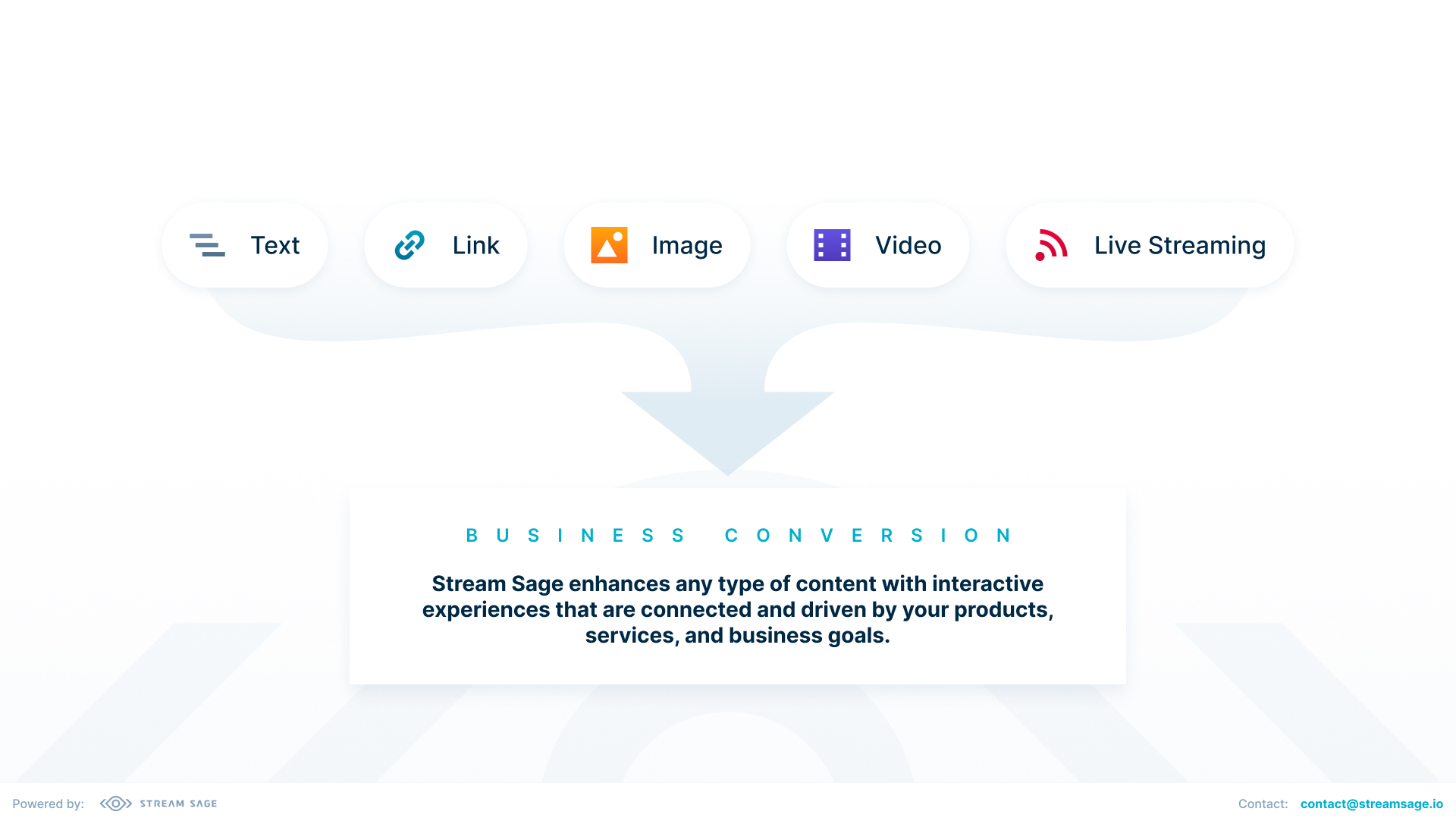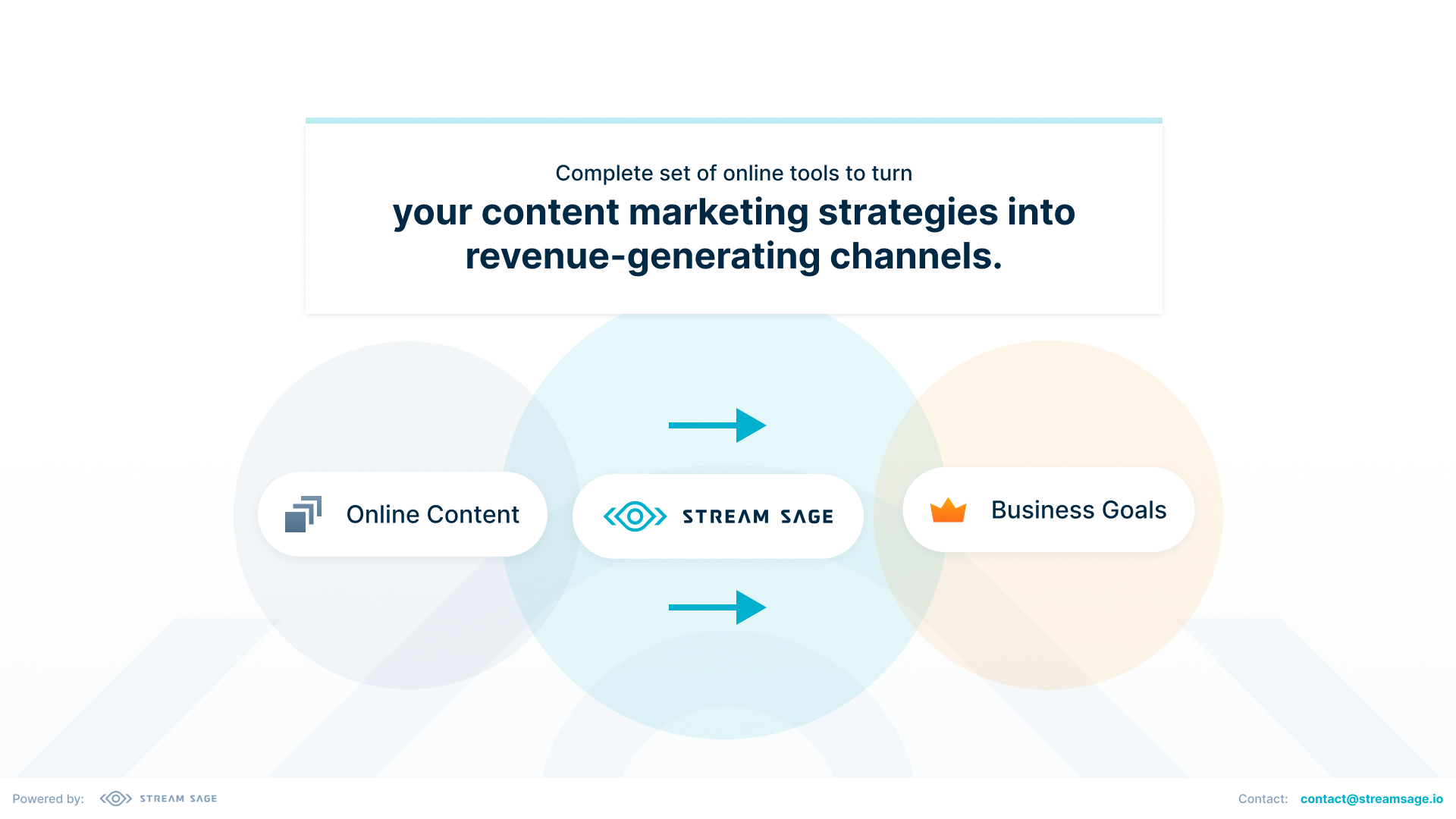You're probably familiar with the term content monetization, but maybe you're not quite sure what it means.
It's okay! You're not alone. The best way to start is to look at some models for different types of content, platforms where those models can be implemented, and strategies for getting started with your own financial plan.
Content Monetization Explained
Content monetization is the process of earning money from your content. You can do this by selling it, licensing it, or using it to generate leads. There are many different types of content monetization models that you can choose from based on your business goals and needs.
The first step in choosing a model is deciding what kind of value you want your audience to get out of your content:
- Do they need more information about something? Then create an ebook!
- Do they want help solving a problem? Create an online course!
- Are they looking for inspiration? Write blog posts every week!

Content Monetization Models
A content monetization strategy is a process for making money from your website and social media channels. Content monetization platforms are services that help you do this, usually by generating revenue from ads, sponsorships, and other forms of online advertising.
There are several ways to make money in online traffic with a content monetization strategy:
- Create high-quality content and share it on social media platforms like Facebook and Twitter (this can be done without using any special tools)
- Use one or more of the following strategies in addition to sharing good stuff:
- Monetize video - You can use YouTube's partner program if you have enough subscribers; otherwise, try Vimeo Pro or Wistia if you want more control over how much money gets paid out each month when people watch videos on their sites instead of YouTube's platform.
- Monetize images - Take photos during trips or events then sell prints or digital files through sites like Shutterstock or Adobe Stock.
- Monetize reviews - Write reviews about products/services that were provided free by companies who want positive feedback from customers before purchasing something new themselves.
- Sell ebooks/ebook chapters - This is similar conceptually but requires more work upfront since each chapter must stand alone separately from others yet still fit into a larger whole which makes sense once all pieces come together into a finished product after editing once the complete set has been written."

What is affiliate marketing and how can businesses use it to increase their sales and reach a wider audience?
Affiliate marketing is a great way to monetize content and make money. The model is simple: you promote products or services, get paid when someone buys something through your link, and then give a portion of that sale back to the company that sells the product or service.
The best part about affiliate marketing is that it doesn't require any technical skills or knowledge of programming languages like HTML or CSS (though those can help). You just need some basic understanding of how affiliate programs work so that you can start promoting them effectively.
How Much Money Can I Make? The amount of money you earn depends on how many sales you make per month/year, but generally speaking, most people see an average annual income between $500-$15000 per year depending on where their focus lies (e-books vs courses vs physical products). Keep in mind this isn't guaranteed--you may not see any sales at all!
CPA (Cost Per Action) Networks model
CPA networks are one of the most popular monetization models. They work by paying affiliates a fee for every lead they generate, as opposed to just selling products or services directly.
CPA networks are used by many different types of businesses, including ecommerce stores and affiliate marketers.
CPM (Cost Per Mile) Networks model
The CPM model is the most popular monetization model for content creators. CPM stands for "cost per thousand impressions" and it pays content creators every time their ad is viewed by 1000 people. This means that if your video gets 1 million views, you'll earn $1000 from the network.
In order to get started with CPM networks like Adsense and RevContent (to name a few), you simply need to create an account on their website and upload your videos or articles there. Then all of your earnings will be automatically deposited into your bank account once per month - no extra work required!
CPV (Cost Per View) Networks models
CPV networks are the most popular way to monetize videos. They pay per view, impression, click, or app install.
The more views your video has and the more valuable it is for advertisers, the higher your CPM will be.
What is the difference between direct ads and ads platforms, and which one is more effective for small businesses with limited advertising budgets?
Direct ads are placed on the site or page directly. Ads Platforms are a separate entity from your blog, website or page, but they can be integrated into it with minimal effort.
A direct ad is one that you place on your own site/page - usually by inserting an HTML code into the editor for that page. This type of monetization model may require some technical knowledge if you're not familiar with editing web pages (which we'll cover below).
Ads platforms are online platforms that enable publishers to sell ad space on their websites without requiring any coding or web design experience. Publishers simply need to sign up for an ads platform and provide information about their website and ad space. Once approved, they can choose from a variety of ad formats, sizes, and placements to sell to advertisers.
Ads platforms work by connecting publishers with advertisers who are interested in displaying their ads on the publisher's website. Advertisers can use the platform to create and manage their ad campaigns, and the platform will handle the technical aspects of ad delivery and reporting.
One of the key benefits of using an ads platform is that it makes it easy for publishers to monetize their website traffic without having to invest significant time and resources into building and managing an ad network on their own. Ads platforms also provide advertisers with access to a wide range of publishers and ad inventory, making it easier for them to reach their target audience and achieve their advertising goals.
Is there any solution on the market that will help me manage my content?
Recently, you can also use the tools available on the market to unlock the sales opportunities of your content. One of them is Stream Sage.
Stream Sage unlocks direct shopping in seconds, making it easier for retailers and influencers to reach their audiences and sell their products with just a few clicks. The platform's integration with ecommerce allows brands and retailers to manage their sales, inventory, and customer data in one place, saving time and reducing the hassle of manual data entry.
With Stream Sage, you can take your content engagement to the next level. The platform provides detailed insights and analytics to help you understand your audience and make informed decisions about your content strategy. Additionally, you can monetize your content by enabling live selling and video selling, providing your audience with an easy and convenient way to purchase your products.

So if you're ready to go live and unlock the full potential of your content, sign up for Stream Sage today and experience the power of direct shopping, live selling, video selling, and multistreaming, all within one data-driven platform."
With so many strategies to choose from, it can be hard to know which one is right for your business. But don't worry! As long as you keep these tips in mind, you'll be able to come up with a monetization strategy that fits both your needs and the industry in which you operate. Reach us at support@streamsage.io and let's start the shoppable content journey together!